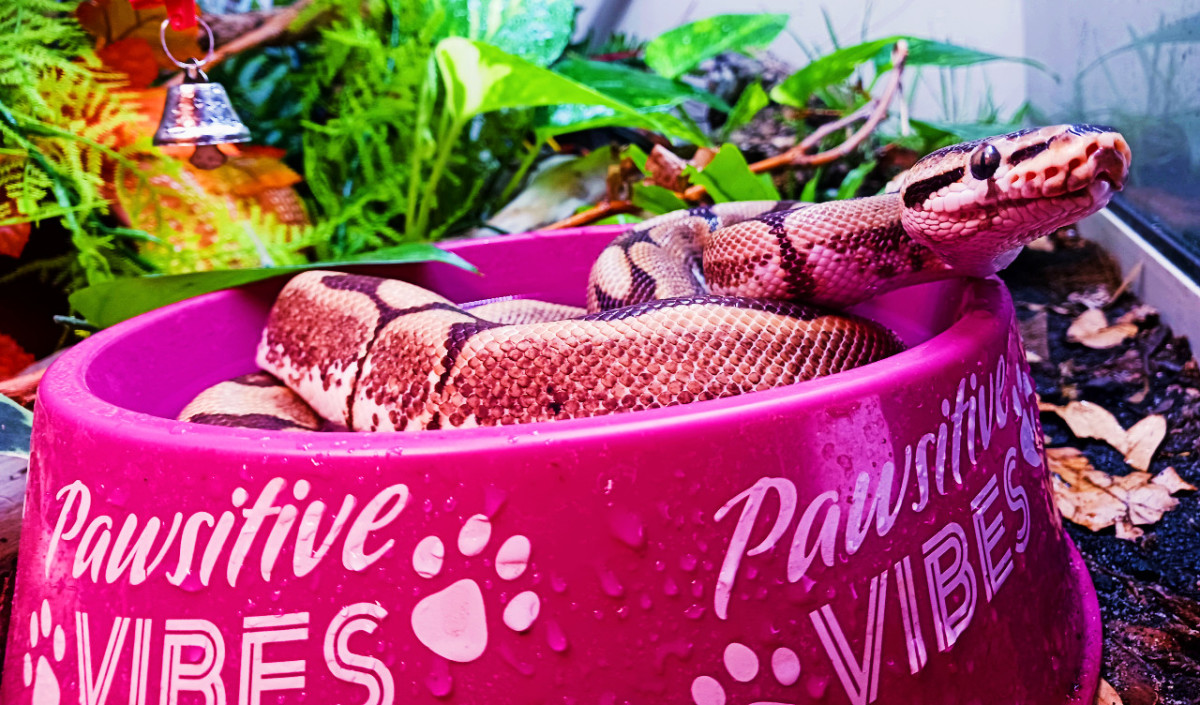Creative Writing for Science Lovers on Popular Media
Popularize for Benefits
Whenever we come across some tasty fruit we communicate it to our family, relatives and friends so that they can also enjoy the benefit of the good taste. We find shortcuts to most of the lengthy paths and tedious works so that we can save our time and energy. Similarly, whenever there is some new invention it is the human tendency to inform it to the others so that they can also enjoy the benefits of the inventions. Thus, communication of the new inventions and technology to the masses results in development. These are examples of the background for popular communication.
Usually, new inventions are first reported as short communications in scientific journals. Later on, we find complete technical articles on such journals. These articles are of a high standard and can be well understood by the people who are able to understand and know something in the same discipline. Therefore, such communications are of limited readership and have a slower pace of outreach and will effect slow technological development.
In order to add pace to the development, more and more efforts are put in for dissemination of knowledge to a larger extent. For this purpose, popular science writing has much relevance.

The Knowledge Gaps
When the scientists conduct their research in laboratories or inside the institutions, dissemination of the inventions to the public needs some sort of mechanism. The common public also does not wish to disturb the research activities of the scientists by visiting them frequently. So, this creates a gap between research and reality. The communication of inventions remains within the scientific journals and remains non-popular. When the gaps widen, that becomes the communication gap and some sort of antagonism starts developing. A cordial relationship between the scientific institutions and the public is always good for development.
Bridging the Gaps
When the inventions are described in simpler terms by decreasing the complicated technical details and making it simpler to understand makes the writing a popular one. On the other hand, it makes the inventions popular. Regular habit of popular science writing results in good service, public remains well-informed and it bridges the gap between the institutions and the common public.

Creativity Adds Value
Instead of describing the scientific findings in simple articles having descriptive content alone, which may not be very fascinating and ultimately make scientific research unpopular and boring, add creative contents. The public becomes not much interested in science written in highly technical manner and starts considering it unworthy to common public.
To avoid such thinking, creativity has to be incorporated to make the research findings more interesting and fascinating to the common public by means of attractive content. Creativity developing curiosity brings in interest among the readers. In the process, both inventions, as well as the author, becomes popular.
Writing an article in the form of an interesting story or drama can easily draw the attention of the audience. whenever some fictional characters are involved and there is some interesting conversation, the readers feel connected with the story and get more interested to appreciate the content.
Pictures, diagrams, charts and graphic illustrations, make the article attractive and easily understandable by the common readers.
In the present day digital media there is ample scope for the incorporation of videos and sound. Digital science magazines including text content digital graphics videos and voice podcasts integrated into a single web page make the popular science articles very much interesting.
Success stories based on scientific technologies and biographic description of scientific inventions are always appreciated by the readers. Always try to connect the scientific benefits with real-life situations.

Who Will Write
Of course, scientists can write popular science articles very well because they know what the inventions are and what impact those are going to create on society. However, we find that most of the scientists find a lack of time to write. Some other scientists are too serious in their thinking process and do not develop flavour for writing creative contents. Some of the graduates and postgraduates in science can develop the flair for writing and can serve the public by writing lucidly, the scientific content in an understandable manner, to the common public.
Most of the times graduates and postgraduates feel that they are not confident enough to write in a science subject. Some others feel that they are not able to write in a good manner. Some others feel that what they write may not be understood by the readers. These are all mere myths. Reality is that anyone can become a good writer by practice. The only required eligibility criterion is that he or she must be able to understand the subject and able to write it in the form of an article using the common man's language. during the course of time, they developed their style of writing and their role in the community of appreciating their style.
Popular writings give not only recognition and knowledge but also a lot of satisfaction.
Elements of Popular Science Articles
Following are the different elements of a popular article:
- A catchy long-form title which is of less than 15 words.
- A brief introduction to the topic.
- Creative content-rich body text which is crisp and without word jugglery and complicated descriptions. Article length may be limited to 1500 to 2000 words so that the readers will not loose and information at the same time not getting bored after many details.
- Information-rich graphic content such as photographs illustrations and diagrams simplifying the technical details.
- The conclusion is brief and objective oriented.
Target publications
Newspapers, news magazines, blog posts, websites, semi-technical journals, social media posts, etc. can carry this type of popular science content.
Where to Get an Idea
Ideas emerge instantaneously based on the things you come across or the inventions which happen on this topic.
Believe in yourself that you are the person who is going to tell this information to the world. Because of your communication, many people are going to know new things. Motivate yourself for writing.
How to Write
- Select a title in which you want to write.
- Do some extra reading by visiting a library or discussing with experts in the field. Scientific institutions have access to various journals available freely within their campuses.
- Subscribe to online contents
- Do some analysis based on real-life problems.
- Make a skeleton structure of the article.
- Word process the content.
- Obtain some photograph or prepare some diagrams.
- If possible prepare a video.
- Read and rewrite the content.
- Give a more creative touch.
- Read it aloud yourself or get it read by the content reader software.
- Finalize your article and publish online.

Target Audience
Students, teachers, academician, entrepreneurs, industrial financial managers developmental offices common public including public representatives. Depending on the target readers the content can be kept simple and properly constructed.
Avenues for popular science articles
- Popular writings in science find various avenues with the target stakeholders from the following groups:
- Inquisitive young brains success students.
- Information hungry educated people.
- Enterprising youth ready to adopt the technology.
- Advertising agency in search of creative content.
- Product marketing people looking for information for marketing communications.
- Developmental agencies for social service.
- Emerging digital media such as the encyclopaedia.
Conclusion
Now, the situation is that various media want science writers, at the same time, there are plenty of readers waiting for good articles. What we lack in reality is, good writers. So the future is for the writers who are ready to write for the media online.
The present-day is looking for inventions which are suitable for development. It is the writers who have to understand what they can write on popular mode and whatnot, for the common readers. Some of the minor inventions become appreciated when it is written in a creative manner. Therefore, creative writers are needed by the scientific community also.
Popular science writers and creative writers have the responsibility to bring scientific research to the common man so that scientific literacy increases in the population. Students learn science more interestingly through creative articles. Commercial technologies get disseminated among the enterprising industrialist and increase the pace of development. Ultimately the creative efforts and the time spent by the author becomes worthwhile for everyone.
This content is accurate and true to the best of the author’s knowledge and is not meant to substitute for formal and individualized advice from a qualified professional.
© 2020 Halemane Muralikrishna








